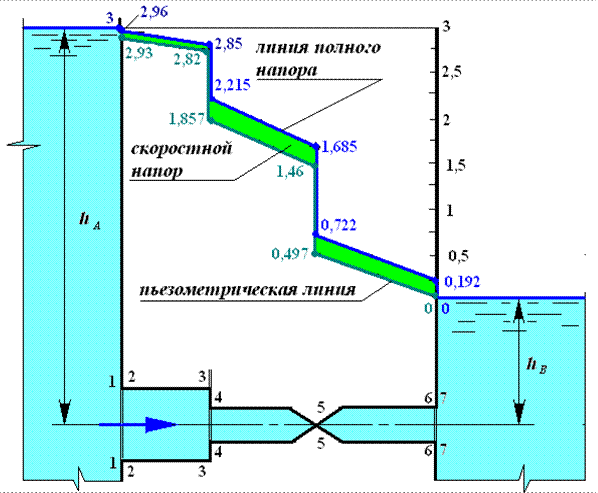Breaking News
Gidravlika Aljtshulj
пятница 29 марта admin 28
New Tretyakov Gallery on Krymsky Val In 1985, the Tretyakov Gallery was administratively merged with a gallery of contemporary art, housed in a large modern building along the, immediately south of the. The grounds of this branch of the museum contain a collection of sculpture, including such highlights as 's iconic statue (which was removed from in 1991), the Swords Into Plowshares sculpture representing a nude worker forging a plough out of a sword, and the Young Russia monument. Nearby is 's of, one of the tallest outdoor statues in the world.
Near the gallery of modern art there is a sculpture garden called ' that displays statues of former that were relocated. There are plans to demolish the gallery constructed in the late Soviet modernism style, though public opinion is strongly against this. References [ ].
Main article: Taiwan's culture and cultural legacy has been largely shaped by the processes of and as the structural and psychological effects of successive colonial projects have been integral to developing Taiwan's self-image and the evolution of both official and unofficial Taiwanese culture. For most of its colonized existence, Taiwan remained on the cultural margins, far from the centers of civil and cultural life of each regime, and with every regime change, Taiwan's cultural center shifted. At various times Taiwan's cultural center has been, Amsterdam, (Amoy), -era Beijing,, postwar China and even, arguably, the United States. Dancer in traditional aboriginal dress Before the ceded Taiwan to Japan in 1895, Taiwan's culture was characterized by Qing frontier societies of farmers and highland. Due to Taiwan's strategic location along East Asian trade routes, Taiwanese were also exposed to cosmopolitan influences and the effects of European commerce. By the middle of the Japanese era (1895–1945), Taiwan had begun to shift from local to contemporary global culture, under the guidance of Japanese style “westernization”.
Culture of Taiwan. The culture of Taiwan is a blend of Confucianist Han Chinese and Taiwanese aborigine cultures, which are often perceived in both traditional and modern understandings. More recently, Japanese and American cultures have influenced Taiwanese culture as well.
Este video mostraremos de donde Descargar bloques para autocad gratis y asi poder distintos tipos de bloques como: pack de bloques para autocad bloques autocad muebles bloques autocad cocina. The largest free download library of CAD blocks for architecture and engineering, 2D, 3D. Download files in Autocad, Revit, Sketchup and more. Mar 14, 2017 este video mostraremos de donde Descargar bloques para autocad gratis y asi poder distintos tipos de bloques como: pack de bloques para autocad bloques autocad muebles bloques autocad cocina. Como Descargar Bloques Para Autocad Gratis / Todas Las Versiones/ Mas De 1000 Bloques. Bueno Gente De Youtube Aqui Les Dejo Un Tutorial Para Que Descarguen Mas De 1000 Bloques Para AutoCAD Y. Listado de bloques y detalles para el dibujo en AutoCAD. Listos para bajar y gratis. 
Beginning during Japan's build up for war, Japan invigorated its policies to Japanize Taiwan for mobilization against the Allies. Japan's effort taught Taiwan's elite, Japanese culture and language, but did not largely interfere in religious organization. When Japan's suppressive wartime policies were lifted following, Taiwanese were eager to continue with their prewar activities. Japan's colonial legacy has shaped many of the customs and mannerisms of Taiwanese.
Japan's colonial legacy is still visible, due to Japan's massive effort in constructing Taiwan's economic infrastructure and industrial base, which is often cited as a major factor in Taiwan's rapid. KMT era cultural policy [ ]. Main article: During the early postwar period the (KMT) suppressed Taiwanese cultural expression and barred Taiwanese from cosmopolitan life except in the spheres of science and technology. The authoritarian KMT dominated public cultural space and Chinese nationalist networks became a part of cultural institutions, leaving little resource for cultural autonomy to grow.
Under the early KMT, Taiwan was realigned from a Japanese imperial center to a Chinese nationalist center, under the influence of KMT and American interests. Although American cultural activities were modest, they played a significant role in Taiwan's developing cultural scene. The KMT claimed a loss of morale led to “losing China” and thus the state issued a series of ideological reforms aimed to “retake' China, which became the major state cultural program of the time. The immediate preoccupation with losing China diverted long term investment in the humanities and social sciences. On another level, the state's main objective was to “” the Taiwanese by teaching them and Nationalist ideology through compulsory primary education. By the late 1940s the KMT had for its cultural policies.
